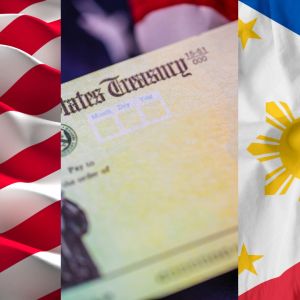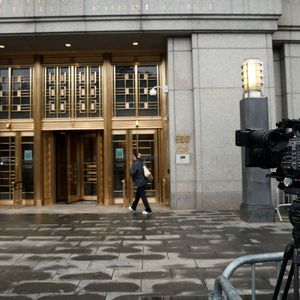Philippines is considering dumping its US Treasury holdings
3 min read
The Philippines is now openly weighing whether to slash its holdings of US Treasuries, following the credit downgrade of the United States by Moody’s Ratings, according to statements made by Eli Remolona, Governor of the Bangko Sentral ng Pilipinas (BSP), during a Friday press briefing. “We’re looking at it,” Eli said when asked if cutting exposure to US debt was on the table. He added, “It’s one thing when other countries’ debt is downgraded, but the US Treasuries, now that’s a big thing.” His comments come after Moody’s removed the US from the exclusive club of Aaa-rated issuers. That downgrade refocused attention on America’s rising fiscal deficit, which has exceeded 6% of GDP for two straight years, something the ratings agency described as unprecedented in peacetime. Dollar-denominated assets make up roughly 80% of the Philippines’ total foreign reserves, which stood at $104.6 billion as of April. For decades, US Treasuries have been treated as the global gold standard for security and liquidity. But Eli’s statement shows that even that reputation isn’t bulletproof anymore. He clarified, though, that “US Treasuries are still the most liquid market,” and that the US dollar “is still the number one currency in terms of international lending environment, in terms of investments.” Diversification talks grow louder inside BSP The downgrade has strengthened arguments inside the BSP for stepping up diversification efforts. Over the past ten years, the bank has been gradually adding more non-dollar assets to its reserves. This has included other currencies and asset types, in an effort to guard against instability in any one market. The goal is to have enough liquid reserves on hand to respond quickly if the peso falls or if the balance of payments takes a hit. Last month, Eli had said the BSP wasn’t planning to reduce its US Treasuries holdings, even after shocks in the global market caused by President Donald Trump’s latest round of trade moves. But that was before the US downgrade changed the tone entirely. Eli warned that the dollar’s dominance is not forever. “That advantage may be reduced over time but it’s a slow process,” he said. “This dominance of the dollar is not permanent. It can be eroded.” The statement underscores the fact that the central bank is no longer treating dollar assets as untouchable. Interest rate cuts may still be coming this year Meanwhile, Eli also said there’s room to cut interest rates further this year. After already delivering a 25-basis-point cut last month, the BSP is now open to slicing the benchmark rate by another 75 basis points before the end of the year. That’s if inflation continues to ease and the peso stays strong. “On the table, yes,” Eli replied via mobile message on Wednesday when asked about the potential rate cuts. He said inflation has slowed and that gives the BSP more room to maneuver. “We still have to be careful because we don’t want to cut too much,” he added, signaling that while the door is open, the central bank is not rushing. The peso’s strength against the US dollar has helped reduce the cost of imports, easing overall price pressure. This currency position, along with the latest inflation data, gives the Philippines space to consider more rate cuts without stoking fear of overheating. Eli also said the BSP is not planning to step in to stop the peso from gaining more strength. The direction is now clear. The Philippines is watching the numbers, watching the markets, and seriously evaluating how exposed it wants to be to a country with growing debt and shrinking credit credibility. The Treasuries might still be liquid. The dollar might still be strong. But trust, once questioned, doesn’t always come back easy. Cryptopolitan Academy: Tired of market swings? Learn how DeFi can help you build steady passive income. Register Now

Source: Cryptopolitan



